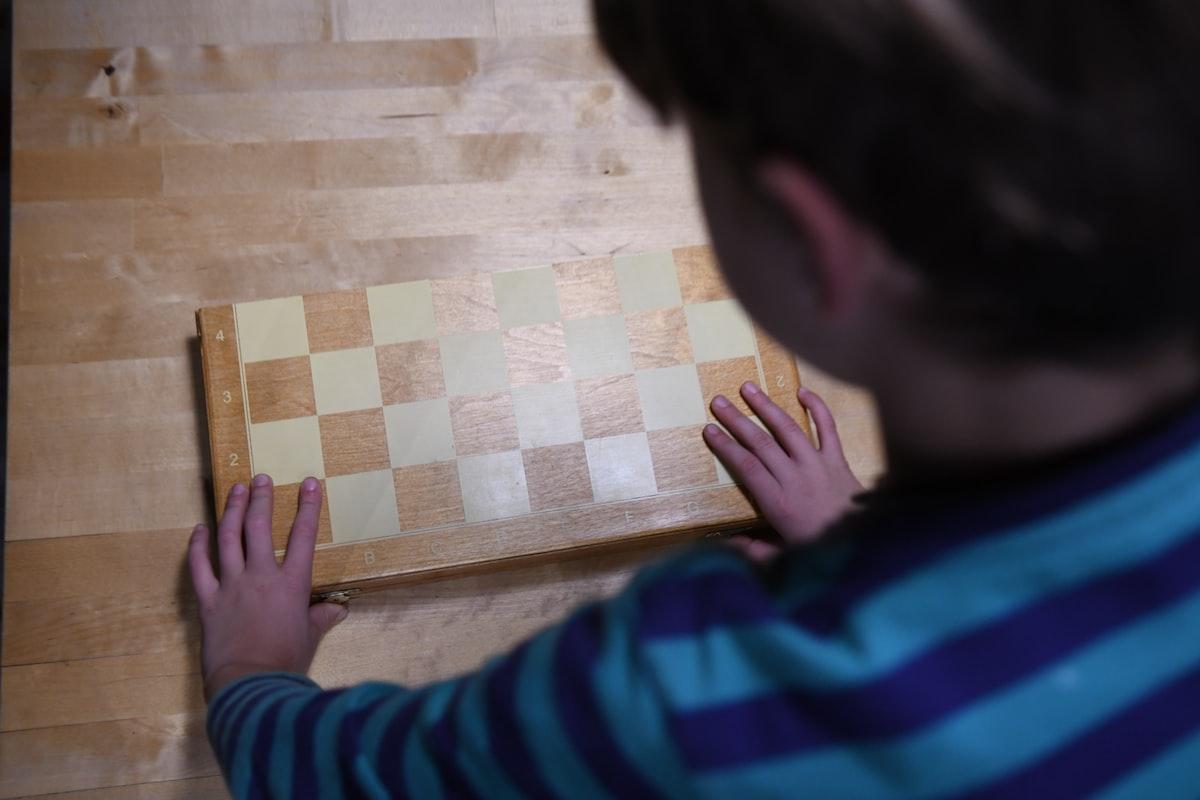Are you a chess enthusiast who wants to enhance your game strategy? Understanding the moves of each chess piece is crucial to your success in the game. In this article, we’ll focus on the bishop’s moves and how you can make the most of this important piece to dominate the board. If you’re a beginner, learning the nuances of each chess piece can be challenging. But don’t worry, by the end of this article, you’ll be an expert in bishop moves and will have the skills you need to level up your chess game. So, let’s begin!
Master Chess Strategy: Understanding Chess Pieces

Chess is a game of strategy that has been played for centuries. It’s a game of two equal armies facing off on a checkered board. Each army has sixteen pieces of different types that have unique movements. The pieces are split into two groups, minor and major pieces. The bishop is one of the minor pieces in chess. In this article, we’ll discuss the role of the bishop, its unique move, and how to use it effectively in the game.
The Role of the Bishop in Chess Strategies

The bishop is represented by a slender piece with a pointed top that stands on a square of the same color. Each player has two bishops, one on a light square and the other on a dark square. Bishops move diagonally across the board, but their movement is restricted to squares of the same color they start on. This means that a light-squared bishop can only move on light squares and a dark-squared bishop can only move on dark squares. The bishop is a valuable piece, as it can control many squares of the same color at once. By having bishops, a player can establish a strong position in the center of the board or launch a lethal attack on the opponent’s king.
Rules for Moving the Bishop in Chess
Moving the bishop is easy, but there are some rules you need to follow. A bishop can move diagonally as many squares as they want, but they can’t jump over other pieces. They capture a piece by landing on the same square as their opponent’s piece, and the captured piece is removed from the board. It’s important to note that the bishop always stays on squares of the same color, so it’s possible for a bishop to get trapped on one side of the board if all the squares of its color are blocked. To visualize the bishop’s move, we recommend studying a chessboard with a bishop and making its moves step-by-step. This will help you understand the unique nature of the bishop’s move and enable you to use it effectively in your game.
Unique Diagonal Move of the Bishop in Chess
When comparing the bishop to other pieces, it’s important to note that it has a unique diagonal move that sets it apart from the other minor pieces, the knight and the pawn. While the knight can jump over other pieces, and the pawn can only move forward, the bishop can control long-range diagonals that can cut through the opponent’s defense. Unlike the rook or queen, the bishop moves only diagonally, which can limit its influence in certain positions. It’s crucial to utilize bishops in combination with other pieces to create a strong attack or to defend critical squares on the board. By practicing with the bishop and observing how strong players use it, you’ll be ready to make powerful moves that can lead you to victory.
Mastering the Bishop in Chess Moves
In conclusion, understanding the bishop’s moves is essential for any chess player who wants to improve their game. By controlling long-range diagonals, the bishop can be a powerful tool in launching attacks and establishing strong positions in the center of the board. Remember that the bishop’s movement is restricted to squares of the same color, so it’s vital to position them effectively on the board to avoid getting trapped. The bishop works best when used in combination with other pieces, such as the queen or rook, to create a coordinated attack. By following the rules for moving the bishop and practicing with it regularly, you’ll be able to develop a more strategic and tactical game. Don’t forget that chess is a game of practice and patience, and any improvement you make will come with dedication and time.
Additional Chess Resources and Must-Know Keywords
Beyond understanding the bishop’s moves, there are other resources to help enhance your chess game. Many chess resources are available online, such as tutorials, videos, forums, and puzzle challenges. Chess players can also benefit from reading books on chess strategy or attending organized chess events. Knowing the history of the game and famous players also can provide valuable insights into the tactics and techniques used. Some of the most famous chess players include Bobby Fischer, Garry Kasparov, Anatoly Karpov, and Magnus Carlson. Finally, it’s worth noting some of the most essential keywords related to chess pieces and moves, like checkmate, castling, en passant, and stalemate. By immersing yourself in the world of chess, you’ll discover new techniques, gain inspiration and hone your analytical skills to become a better and more strategic chess player.
Common FAQs on Bishop Moves in Chess
Sure, here are some frequently asked questions regarding understanding the bishop’s moves in chess:
1. What is the bishop’s unique move in chess?
The bishop’s unique move is that it moves diagonally across the board, but its movements are restricted to squares of the same color they start on.
2. Can a bishop move over other pieces in chess?
No, the bishop can’t move over other pieces but has to move around them. If a square in front of the bishop is blocked, it can’t move in that direction.
3. How can a bishop be used effectively in chess?
The bishop can be used effectively in chess by controlling its long-range diagonals to penetrate the opponent’s defense or establish a strong position in the center of the board. It is also essential to coordinate its movement with other pieces in a coordinated attack or defense.
4. Can a bishop be used to checkmate an opponent in chess by itself?
No, the bishop cannot deliver checkmate by itself unless the opponent’s king is trapped, and it has no legal moves. However, the bishop can play a significant role in a team with other pieces in delivering checkmate.
5. What happens when the bishop reaches the other end of the board in chess?
The bishop does not get promoted like a pawn when it reaches the other end of the board, and it remains a bishop.